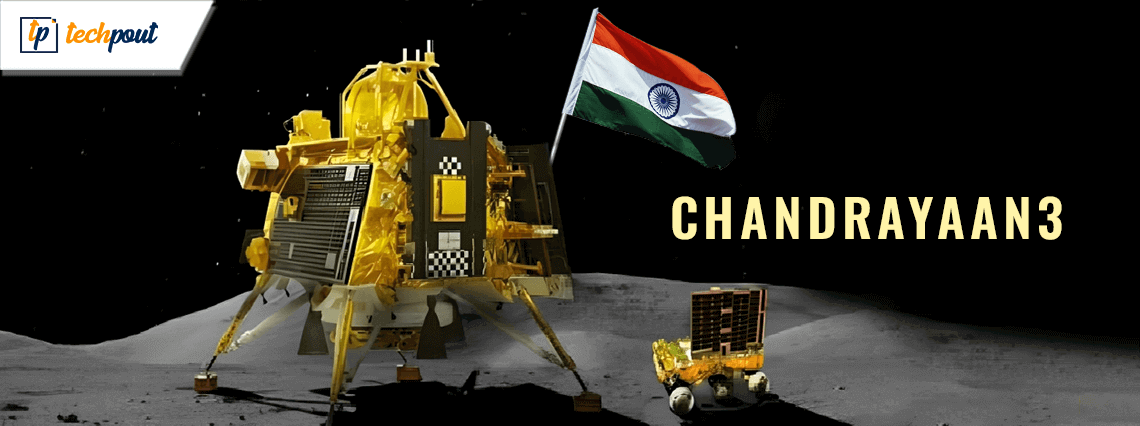Chandrayan 3 Soft Landing: A Successful Milestone For Technology

The Indian Space Research Organization (ISRO) is now working on Chandrayaan-3, their most ambitious project. Following a journey of 41 days, the Chandrayaan-3 spacecraft successfully landed on the surface of the Moon on Wednesday, making the dream of India’s 140 million people come true.
India has now joined the ranks of the United States, China, and Russia as the fourth nation in the world to master the technique of a soft lunar landing. India has now written its name into the annals of history.
Yesterday, evening around 6:04 p.m., the evening Chandrayaan-3 successfully accomplished a smooth landing on Moon’s surface, making India the 4th nation in the world – after Russia, China, and the US – to fulfill this accomplishment. At 5:47 p.m., the touchdown procedure of Vikram Lander began, which triggered “20 minutes of terror.” The rover named Pragya will function on the lunar surface for the next 14 days, acquiring significant scientific data.
Shortly before the landing of Vikram lander, the multitude of scientists working with the ISRO triggered the phase of power descent. This phase is directed to an autonomous landing process by the Vikram lander without assistance from the Mission Control.
The technology used in Chandrayaan-3 allowed for its design to be enhanced, which ultimately led to the spacecraft being able to complete a successful soft landing this time around. The following are some major differences:
Payload Simplifications
Chandrayaan-2’s orbiter was equipped with nine in-situ instruments, but Chandrayaan-3’s propulsion module will only have room for one instrument, which is going to be termed the spectro-polarimetry of habitable planet earth (SHAPE) instrument. SHAPE will do an analysis of the spectrum of the Earth in order to gather data on habitable exoplanets. This will contribute to the research of exoplanetary habitability and the hunt for potential life outside our Solar System.
Improved Lander Capabilities
Chandrayaan-3 features “lander hazard detection & avoidance cameras” as a result of the knowledge gained from Chandrayaan-2. These cameras are designed to aid in the coordination between the orbiter and mission control when the lander is descending to the lunar surface. In contrast to Chandrayaan-2, which only had a single camera of this kind, Chandrayaan-3 will have two of them.
Chandrayaan-3 Spacecraft. What Occurs Next?
The Pragyan rover, which is housed within the Chandrayaan-3 lander, will be the focus of everyone’s attention now that the Chandrayaan-3 lander has successfully touched down on the moon, a historic achievement that has been accomplished by only three other nations, all of which possess significantly superior resources.
Around three hours after the touchdown, the Pragyan rover will soon be released as the lunar dust that was thrown up at the time of landing required to disperse before rover or the other instruments that are on board might be harmed.


